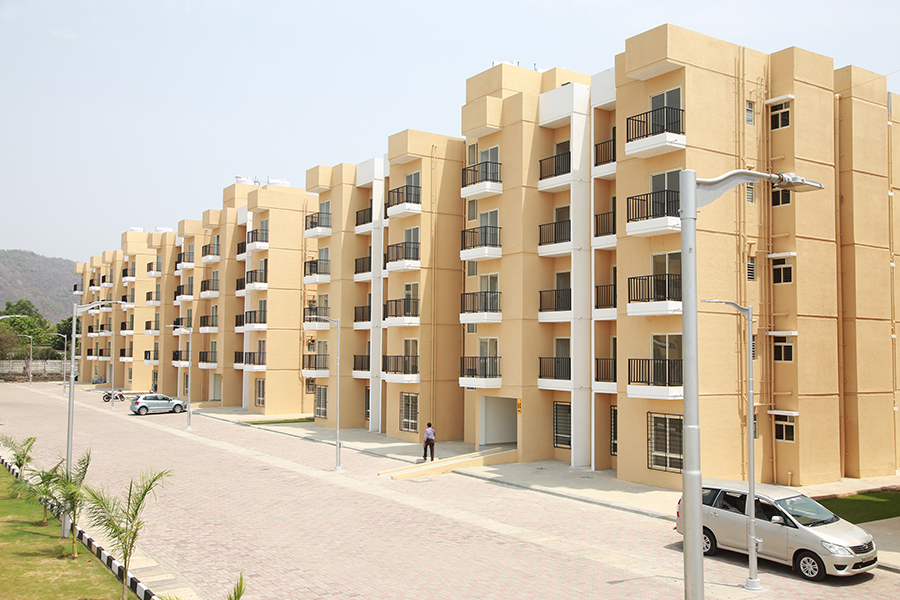The Union Budget 2024-25, presented by Finance Minister Nirmala Sitharaman, announced an expansion of the Pradhan Mantri Awas Yojana (PMAY) with a significant investment of Rs 10 lakh crore, including Rs 2.2 lakh crore in central assistance over the next five years. Despite this substantial allocation, real estate developers and experts have expressed concerns about the lack of specific measures to redefine affordable housing and support the struggling segment.
Calls for Redefining Affordable Housing
For years, developers and experts have been advocating for an increase in the threshold of affordable homes from 60 sq m to 90 sq m and the price bracket from Rs 45 lakh to Rs 75-80 lakh. They have also sought incentives for developers and home buyers to invest in green projects. However, the Budget 2024-25 did not address these long-pending demands, leading to disappointment within the industry.
Decline in Affordable Housing Sales
According to ANAROCK, the share of affordable housing sales has significantly declined, dropping from 37 percent five years ago to 20 percent in 2023. This downward trend has been particularly evident in metro cities, where high land prices have made it difficult for developers to pursue affordable housing projects. In Bengaluru, for example, housing sales fell by 2 percent in the January-March quarter of 2024 compared to the same period in 2023, primarily due to a decline in the affordable housing segment.
Challenges Faced by Developers
Murali Malayappan, CMD of Shriram Properties, highlighted the substantial demand for affordable housing but noted that supply remains limited due to a lack of incentives for developers. He pointed out that rising land prices in urban areas have made affordable housing projects less viable, causing developers to shift towards higher-margin segments like upper-middle-income and mid-market housing.
Anuj Puri, Chairman of ANAROCK Group, emphasized that without sales growth, developers would continue to avoid launching affordable housing projects. He suggested that high land prices make it impractical to build affordable housing unless the government provides incentives to developers.
Indirect Benefits for Tier-2 and Tier-3 Cities
While the Budget did not offer direct benefits for affordable housing, experts believe that some indirect measures could stimulate demand in Tier-2 and Tier-3 cities. Anuj Puri noted that initiatives focusing on rural and urban job creation could boost housing demand beyond the top 7 cities. Additionally, the credit guarantee scheme for MSMEs may drive overall industrial development, positively impacting the real estate sector.
Anil RG, Managing Director of Concorde, echoed these sentiments, anticipating increased housing availability in Tier-2 cities as developers explore opportunities in city peripheries and new infrastructure corridors. He suggested that developers could leverage economies of scale to manage costs, though the extent of private sector involvement remains uncertain.
Need for Government Initiatives
In metro cities like Bengaluru, Mumbai, and Delhi, where land is expensive, experts argue that government initiatives such as special schemes, tax benefits, reduced GST, and lower stamp duties are necessary to encourage affordable housing projects. Puri emphasized the need to revive high-impact measures like tax breaks for developers to ensure affordability for buyers.
Conclusion
The Budget 2024-25, while expanding PMAY, failed to address critical issues affecting the affordable housing segment. Developers and experts continue to call for targeted measures to redefine affordable housing and provide incentives to make projects viable. Without these initiatives, the shrinking affordable housing sector may struggle to meet growing demand.





